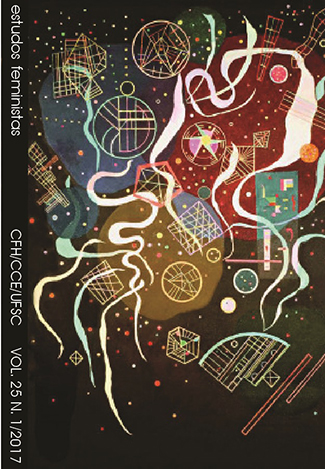“How I became what I am”: an aesthetics of twist cinema in films from the 1960s and 1970s
DOI:
https://doi.org/10.1590/%25xResumo
The article analyzes the political and theoretical potential of cinematographic language to express and rebuild the relationship between sexual and gender differences. As cultural products, the three films analyzed - A Casa Assassinada (1972), Sunday, bloody Sunday (1971) and Les Amities Particulières (1964) - allude to feminist issues of the time, as well as instigating a reading of gender beyond the narratives, by historicizing the visibility of the female body, heteronormativity, and the subversiveness of forbidden loves as represented through the films’ structure. The text argues, from a queer perspective, that the aesthetic nature of twist cinema, within the limits of each style and period, was precisely the boldness to run risks in its visual grammar, not making political concessions in challenging the moral canons of current society.
Downloads
Downloads
Publicado
Como Citar
Edição
Seção
Licença
A Revista Estudos Feministas está sob a licença Creative Commons Atribuição 4.0 Internacional (CC BY 4.0) que permite o compartilhamento do trabalho com reconhecimento de autoria e publicação inicial neste periódico.
A licença permite:
Compartilhar (copiar e redistribuir o material em qualquer suporte ou formato) e/ou adaptar (remixar, transformar, e criar a partir do material) para qualquer fim, mesmo que comercial.
O licenciante não pode revogar estes direitos desde que os termos da licença sejam respeitados. Os termos são os seguintes:
Atribuição – Você deve dar o crédito apropriado, prover um link para a licença e indicar se foram feitas mudanças. Isso pode ser feito de várias formas sem, no entanto, sugerir que o licenciador (ou licenciante) tenha aprovado o uso em questão.
Sem restrições adicionais - Você não pode aplicar termos jurídicos ou medidas de caráter tecnológico que restrinjam legalmente outros de fazerem algo permitido pela licença.




